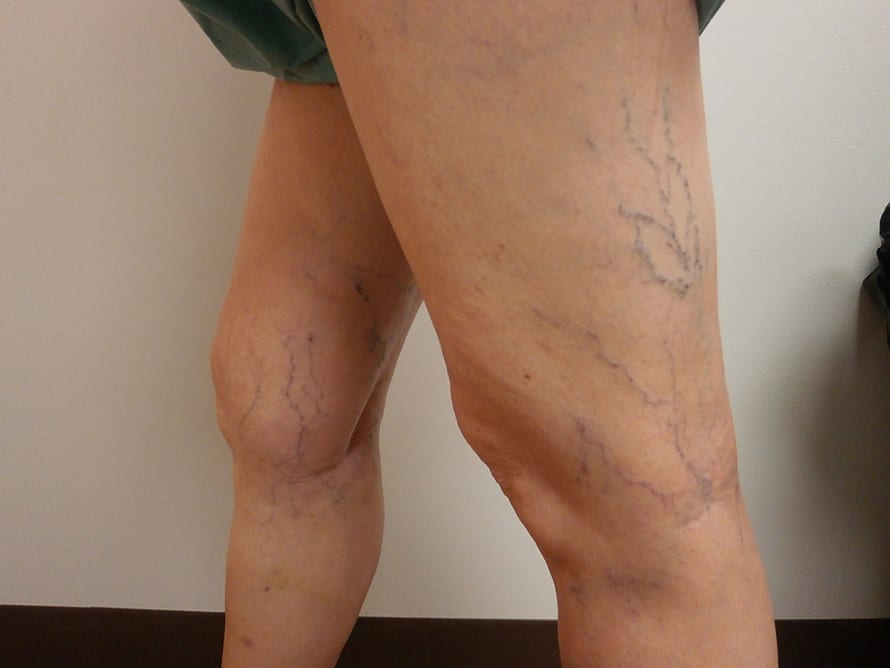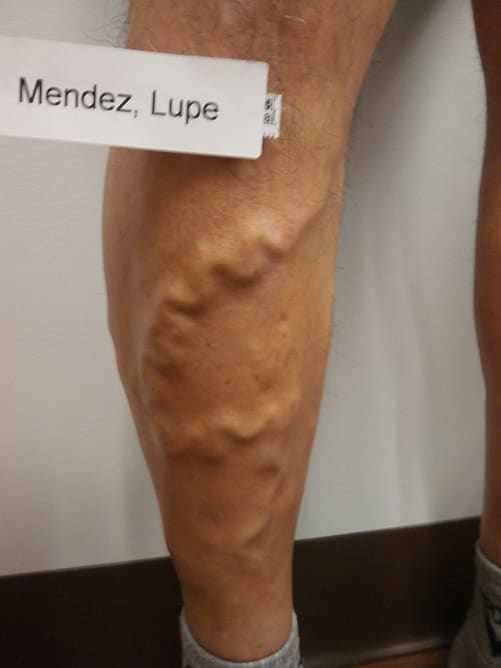What Is the Difference Between Spider Veins and Varicose Veins?
Vein disease is very common and can affect up to 50% of the population. Sometimes it can be hard to tell whether to be concerned about those pesky veins that you see on your legs. The purpose of this post is to help you determine if the problem you have is simply cosmetic or if there may be something more going on beneath the surface.
Spider veins are the tiny threadlike veins. They appear often on the outside of the thighs but can appear anywhere on the legs or even on the abdomen, chest, and face. They typically do not cause pain but in some cases can cause burning or itching. Spider veins are genetic so it is likely that if one or both parents have them, you will get them too.

Varicose veins are larger, and appear like bulging ropes on the legs. They are also inherited but can even be seen in people without a family history. They typically cause heaviness and discomfort in the legs, particularly after periods of prolonged standing. Varicose veins are not simply cosmetic, but arise from an underlying problem of venous insufficiency.

Just because you have spider veins does not mean that you will go on to have varicose veins or that the spider veins will become varicose veins. However, spider veins around the ankle can sometimes be a sign that there may be an underlying problem of venous insufficiency.
Varicose veins and spider veins are also treated differently. While spider veins are treated with cosmetic injections (sclerotherapy), varicose veins need to be addressed by treating the underlying cause of venous insufficiency. An ultrasound will need to be performed on your legs to determine the underlying cause.
No matter what type of veins you have, the experts at Premier Vein and Vascular are here to help take care of all of your vein care needs!
